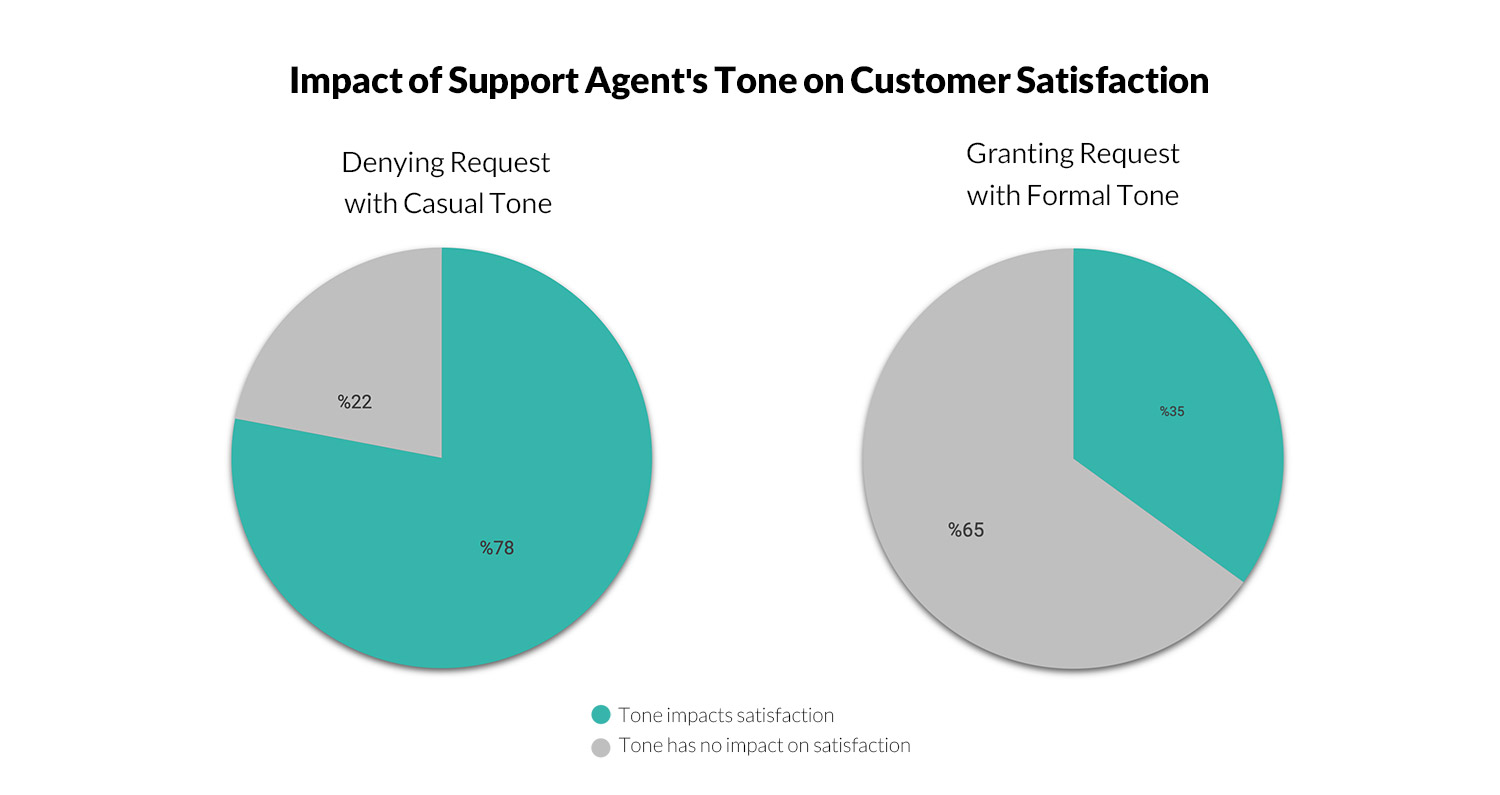Data-driven UX writing: what is it and how do you do it?

Someone once asked me about adding a romantic poem card to the perfume packaging. My question to him was, “Why do you want to use this element?” I mean, what value does it add to the product?”
He said, “Our products are usually bought as gifts, so this element can be romantic.” I wondered if there was any research behind this? The answer was no: “It’s just a feeling.”
Data is the key to designing user experience content. As for intuition, I like it, but when it comes to UX writing, I’m only accountable when the design process and UX writing are data-driven.
What is data-driven UX writing?
As a UX content designer, I’ve worked on a lot of projects. Many designers or product managers say stuff like “this isn’t good”, “I like the previous one better”, “I feel this word is…”, etc.
As an amateur UX writer, I used to be very quick-tempered and impatient, so I’d say, “Give me a reason.” Slowly, I realized that everyone can’t write logical reasoning (even the experience designer and product manager). Why? Expressing your intentions in writing isn’t easy. Instead, I chose this way:
At work, written explanations and arguments are more mature and practical. In addition to understanding my reasoning, I also wanted my coworkers to do the same.
However, I found that short sessions of 5-10 minutes worked better for me. Since the previous method forced my coworkers to write, their writing wasn’t understandable. I now prefer to meet with my co-workers to explain my logic and ask, “Is there any data to change my reasons?”
This resulted in an emphasis on data and accreditation for data-driven UX writing. If the results of our conversation weren’t reassuring, I asked my colleagues to run A/B tests.
Until now, I’ve talked about three components of data-driven UX:
- Usability test
- A/B test
- Analyzing arguments and expressing logic
Let’s take a step back and talk about data in user experience content before we get into each of these three components.
Data in UX Writing: What’s Valid?
That’s a mouthwatering title, and data-driven UX writing sounds fancy. When we use a word or an expression, we have to know what it means. UX writing: what is data and how do we use it?
Information sharing
UX Writer relies on everything designers and product managers use as extracted data (e.g. Heatmap) or collected data (e.g. survey results or usability tests) when designing products.
Here are some common data sources:
- Usability testing
- Heatmap
- Exchange rate
- A/B testing
- User research
- Survey
- Market research
- Persona
What makes these resources so effective for data-driven UX writing?
User experience content is like “product language”. The easiest way to get your point across is to answer questions like:
- Who is the audience?
- What are the preferences and tendencies of the user?
- What is the scope of our activity?
- What is our goal?
- What’s necessary and what’s extra or wrong?
- What works best?
- What is confusing and what is helpful?
- What are the barriers or limitations for the user?
- Are there any barriers or limitations to our project, like cost, technical, legal, etc.?
- What are incentives?
- What are the disincentives?
- …
In order to answer these questions, we can only rely on our senses and intuition. But when we have reliable data, we can make more informed decisions.
Knowledge-based or specialized data
We can climb up the ladder of the past. Thinkers and scientists have always paved the way for science. Experience and research often provide us with reliable data. These types of data get NNG’s popular content.
Here’s how Nielsen-Norman Group’s experts emphasize data:
Rules and principles of writing are another type of data based on science or experience.
When two people disagree about how to use “types” and “categories”, writing principles (grammar, writing nuances, semantic load, sensory load, etc.) serve as reliable information in data-driven UX writing.
Psychological research is another example of science-based data. In data-driven UX writing, it’s critical to know what words and sentences the audience reacts positively to, or what writing structures they read more accurately.
Research-based data example
Software Advice’s research has inspired several articles. It says that most customers (78%) feel satisfied when their request is rejected in a casual tone, but only 35% of them feel satisfied when their request is accepted in a formal tone.

1. The usability test for data-driven UX writing
Hoshang Golshiri’s advice (Iranian novelist) has helped me a lot:
Try reading your story out loud to yourself to see how it turns out.
Hoshang Golshiri
UX content is a form of writing, even if it’s not a story. Our writing may seem impeccable and eloquent if we work alone, but a second opinion may change our minds.
You’re one step away from “testing” when you reread. My favorite way to write user experience content is to see how the audience interacts with it while using the product.
Could the microcopies have helped?
Did they have trouble understanding a sentence or a word?
Don’t they seem confused?
Doesn’t a sentence have to be read twice to make sense?
What’s the problem? What’s the problem, writing and words or path+words (content and substrate)?
In an impersonal and close-to-reality atmosphere, these questions help me evaluate the content of the user experience and discover and fix subtle flaws.
How do we answer this question? Usability tests are one of the most reliable methods. How do you evaluate user experience content in usability testing?
As long as we keep cultural, linguistic and thematic differences in mind when taking inspiration from them, successful tricks and formulas can also be considered data. UX writers often think they can translate successful patterns from English into other languages.
2. A/B/C/D/… Test
Double-mindedness doesn’t sit well with me. While I hesitate a lot, I try to make a decision and remember what Saadi said, “moving to the desert is better than sitting in vain.” However, I don’t always know which option is the best. We usually do it when we want to try something new.
It’s wise to test all the final options in these cases. We find out what works best based on the results. We shouldn’t forget that the results of such an experiment won’t tell us what’s right and what’s wrong. By using an A/B test, we can test the success rate of each option based on user preference.
3. Reasoning
Planning is key to testing. Sometimes, we’re far from those processes or we can engage in a reasoned dialogue based on evidence, documentation (such as reports from support units or customer experience or heatmaps), and arguments based on UX laws and writing principles.
The argument must be supported by evidence and logical reasoning, otherwise it leads to debates.
The benefits of data-driven UX writing
We can use data more effectively if we know why we collect or analyze it. Starting with questions is my favorite. “Data-driven UX writing” is like “starting with a question” in my opinion.
Data-driven UX writers know what they’re doing and can defend and take responsibility for what they do.
Data-oriented content designers can improve the design process because they’re questioners and reasoners.
Using intuitive and sensory decision-making reduces invisible costs, improves conversion rates, and makes products more efficient.


